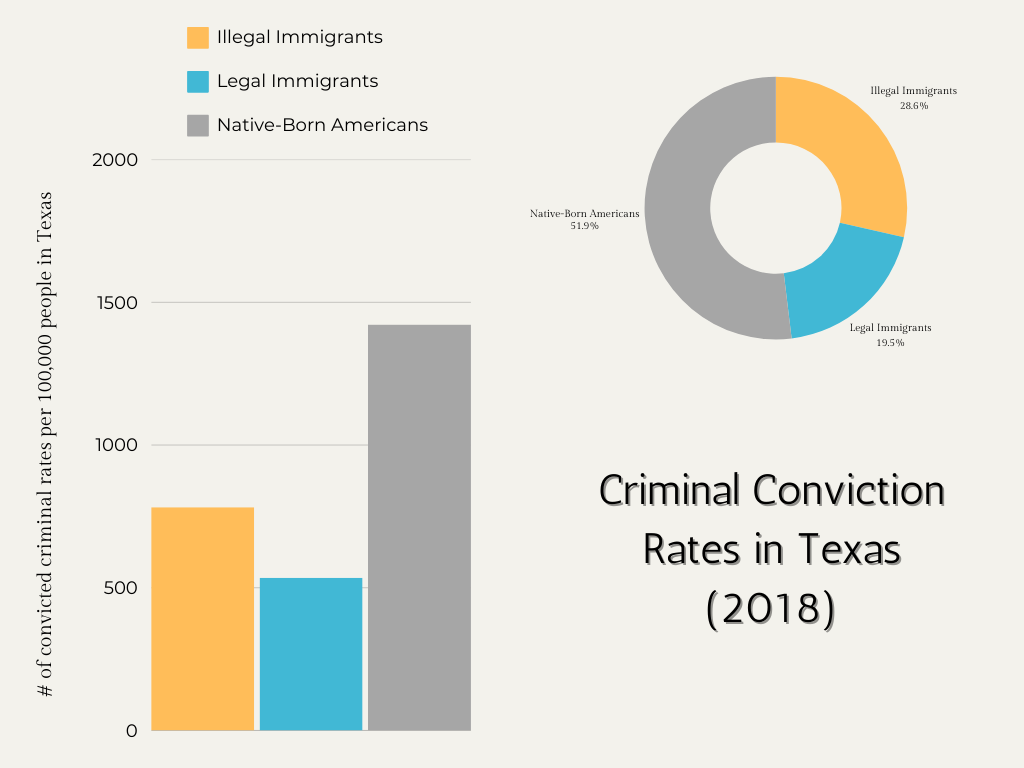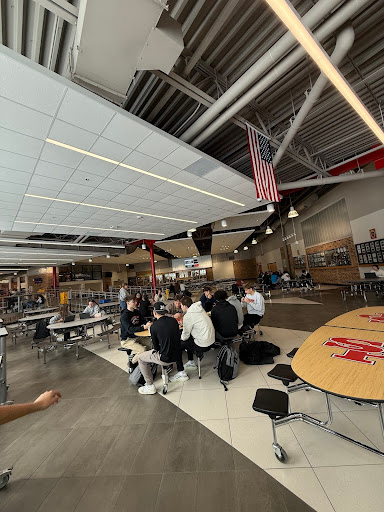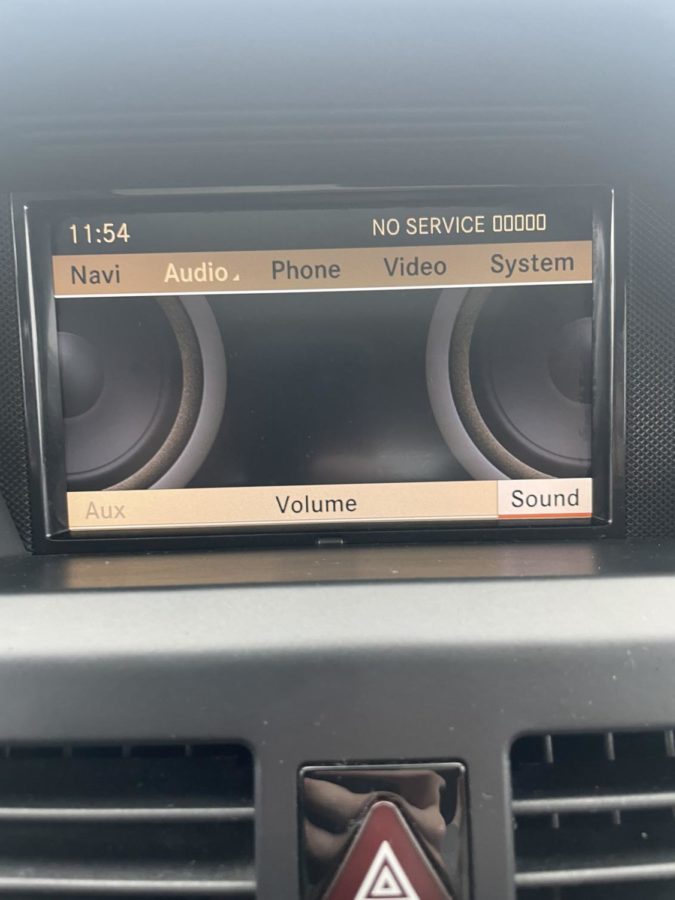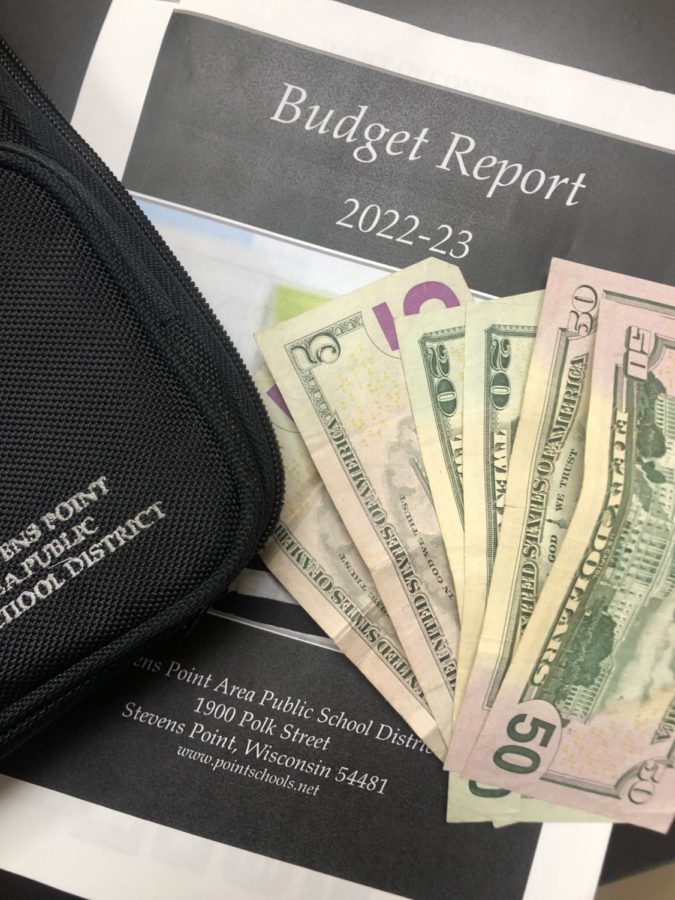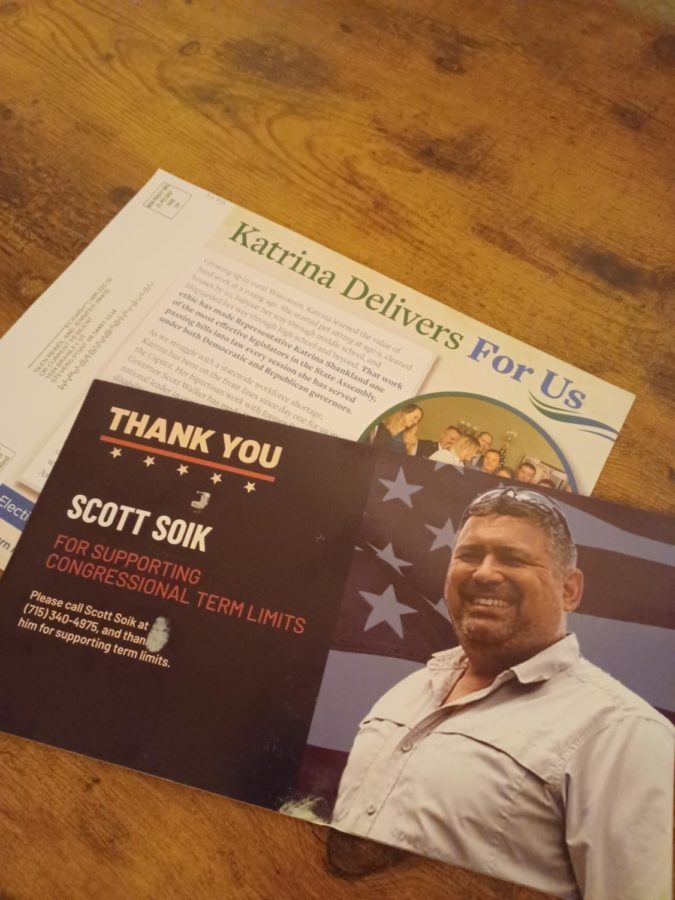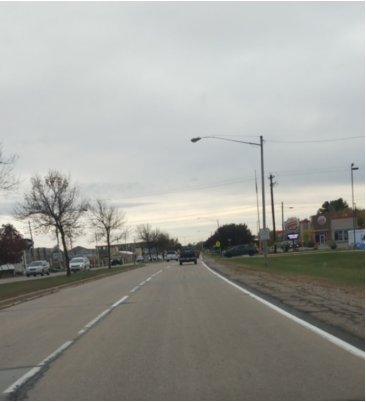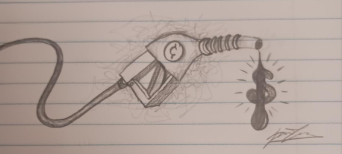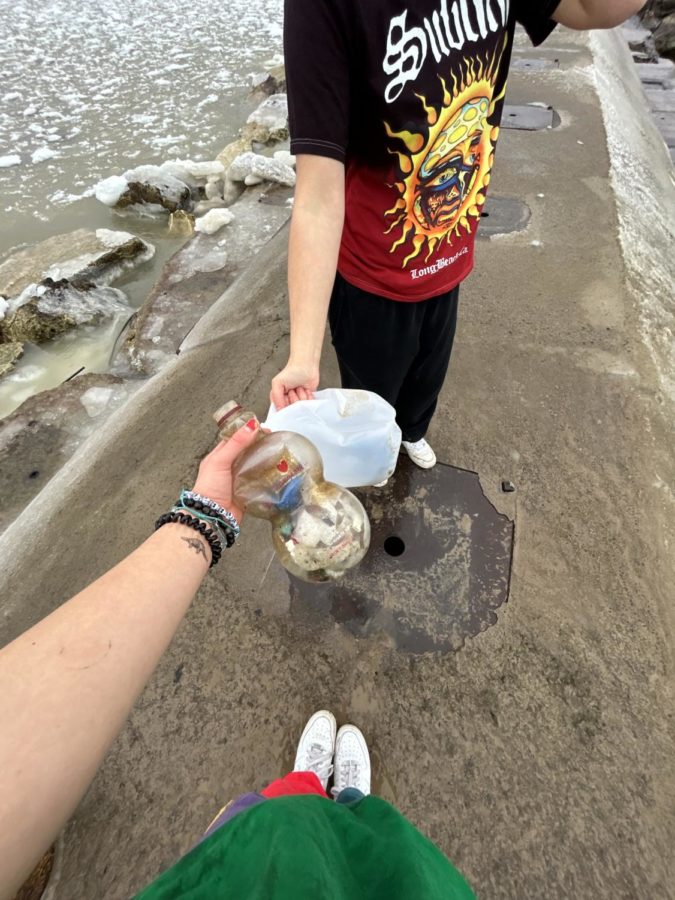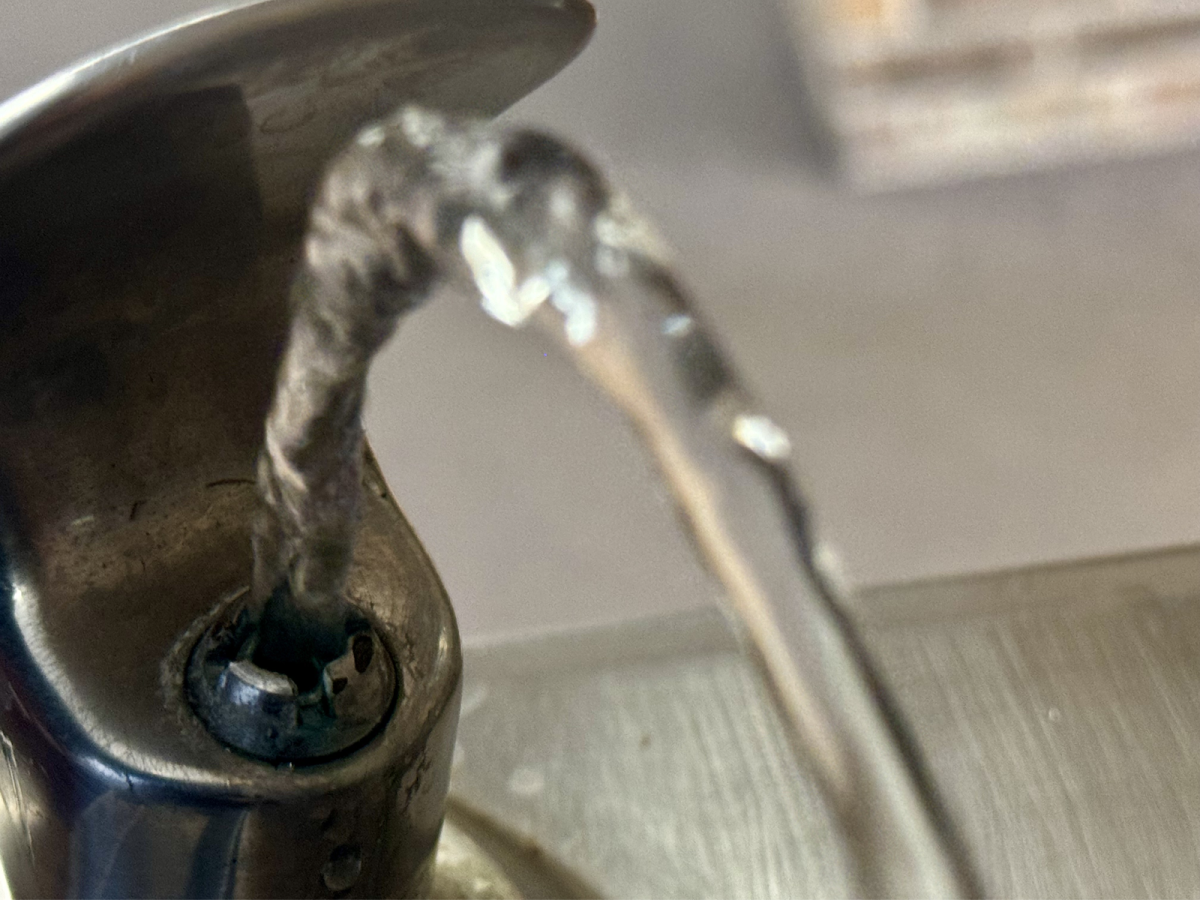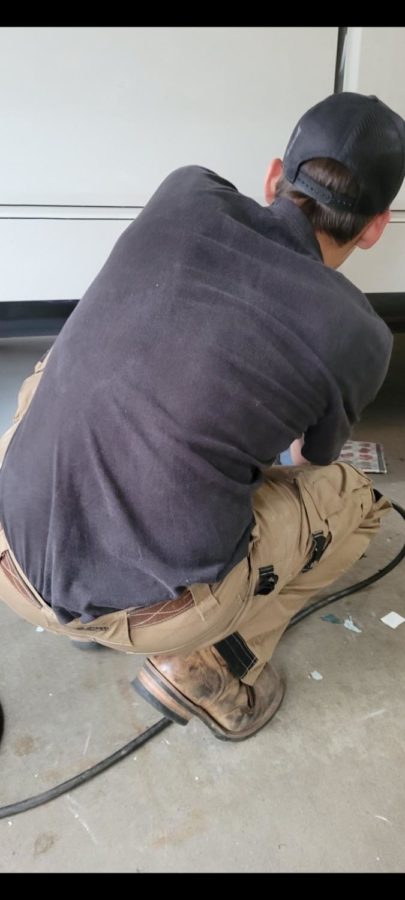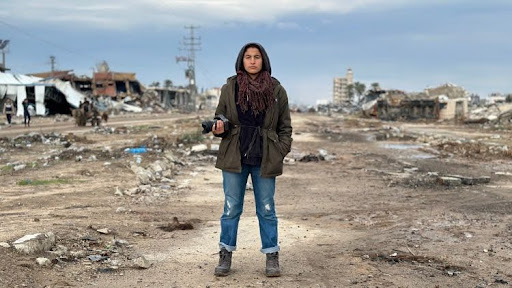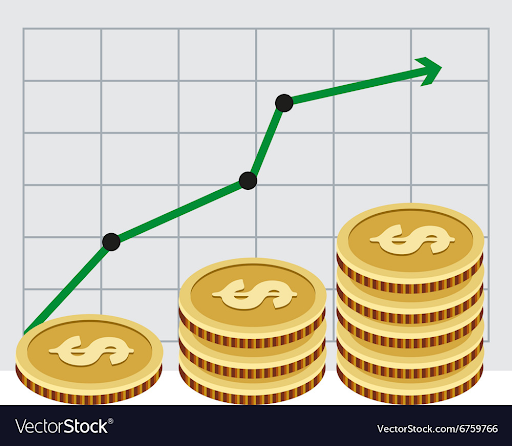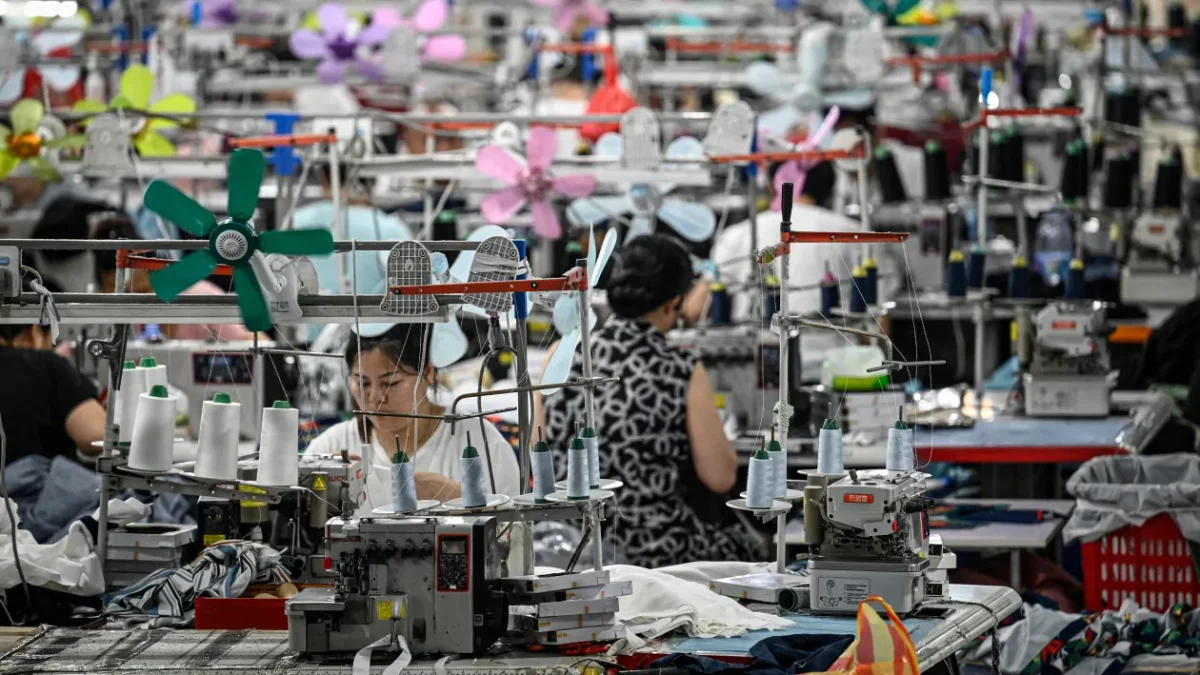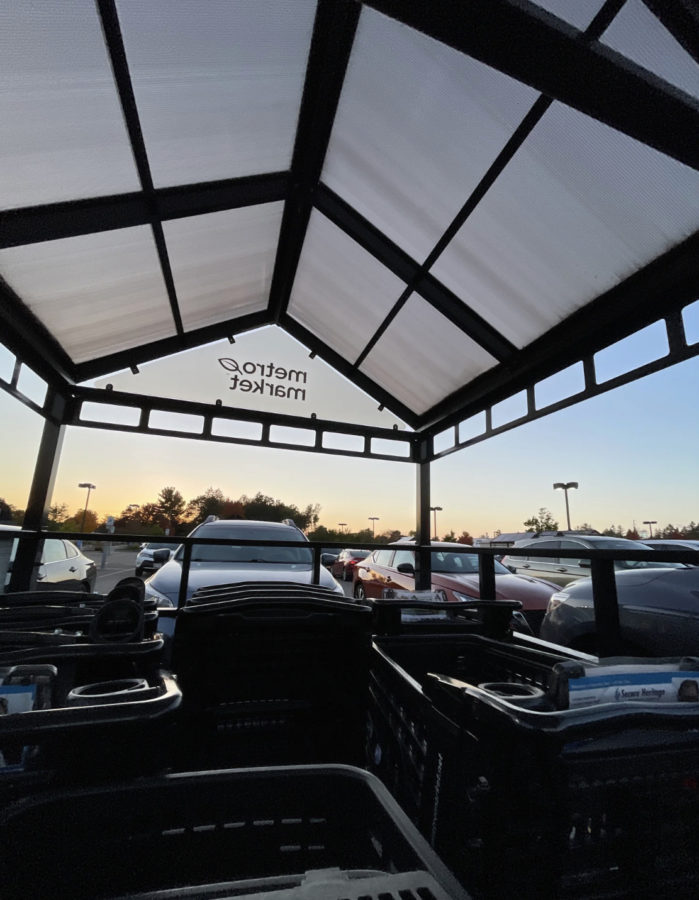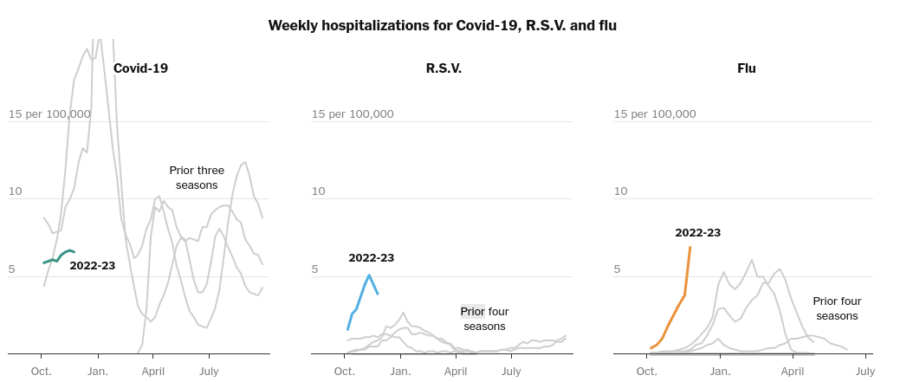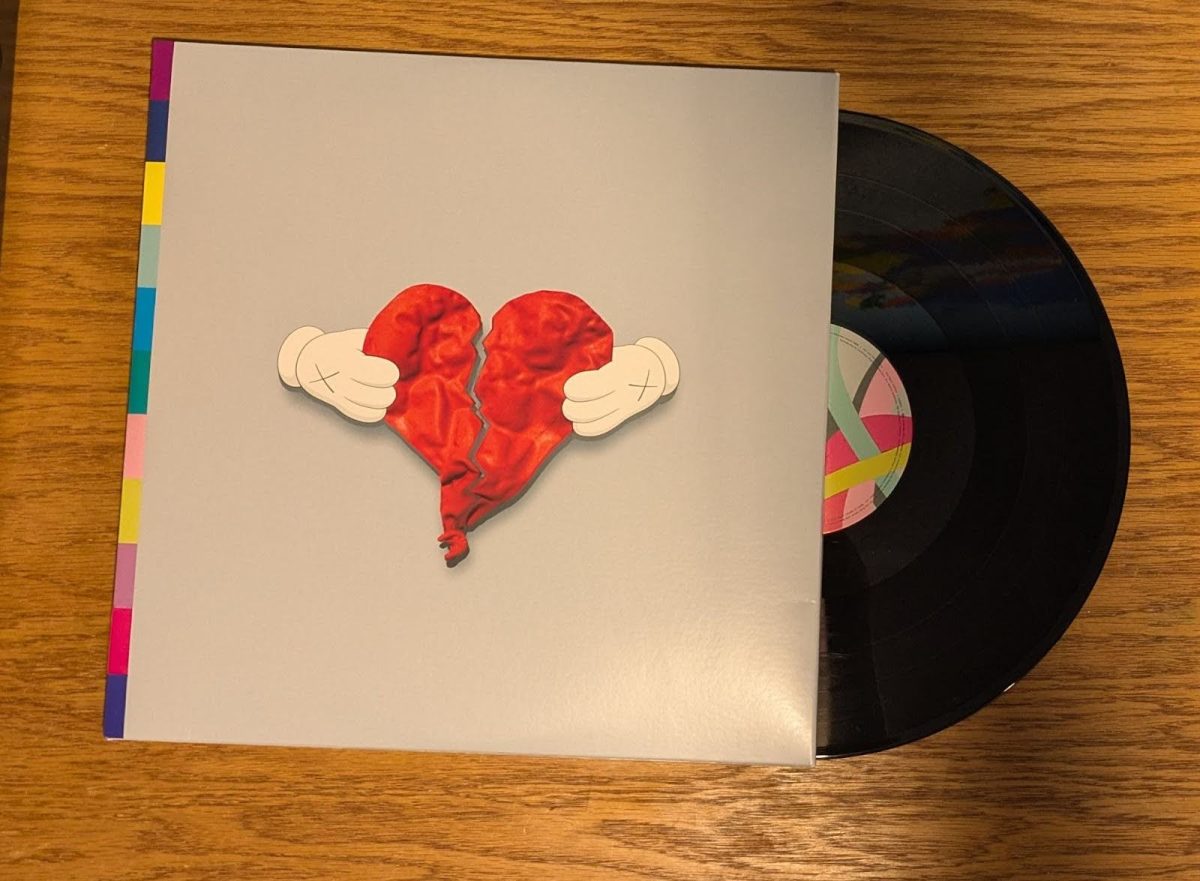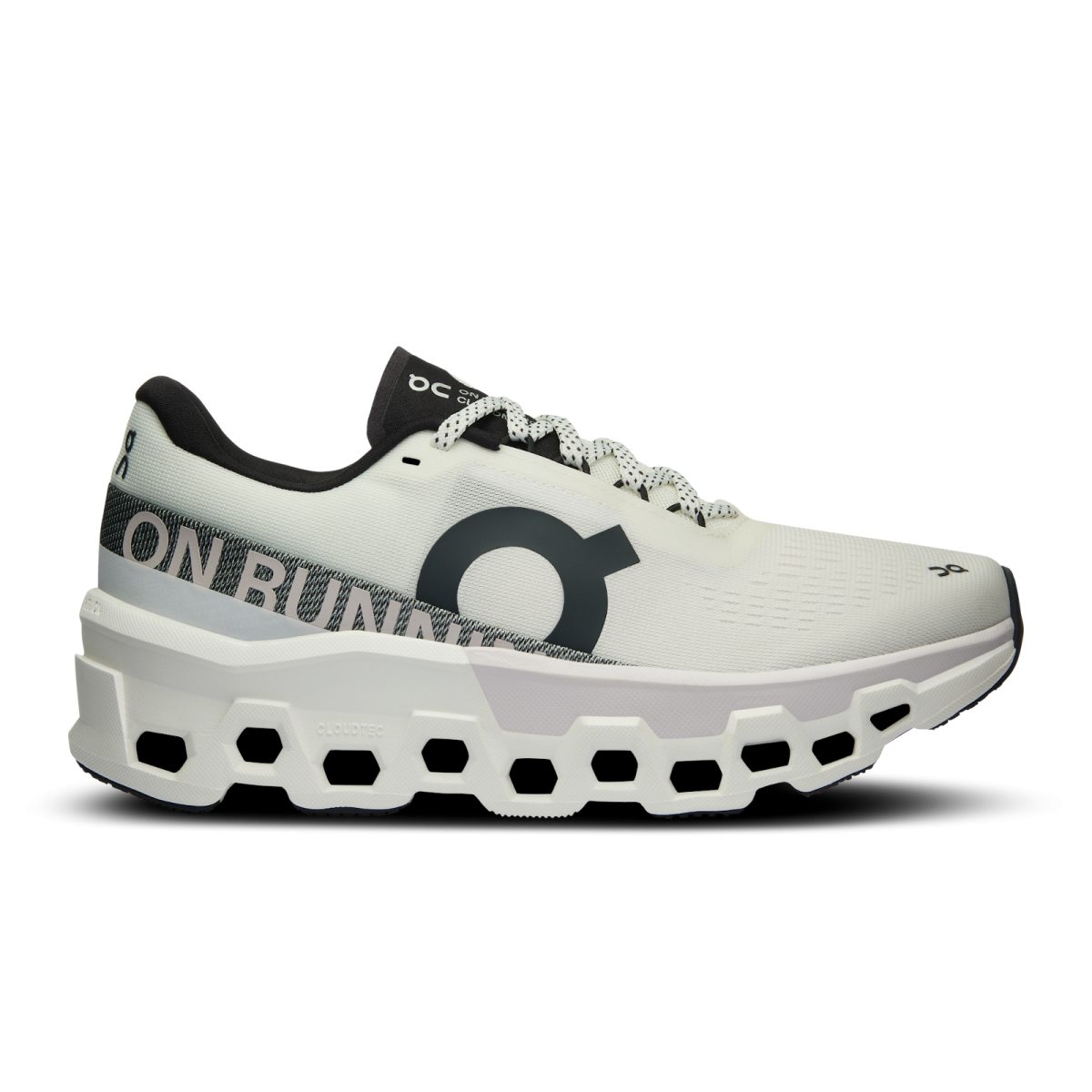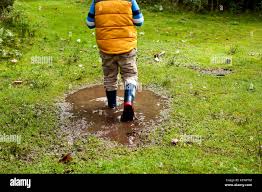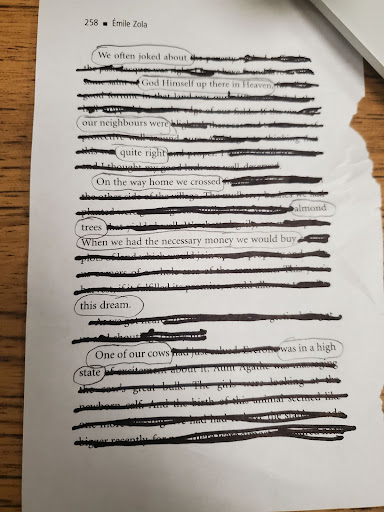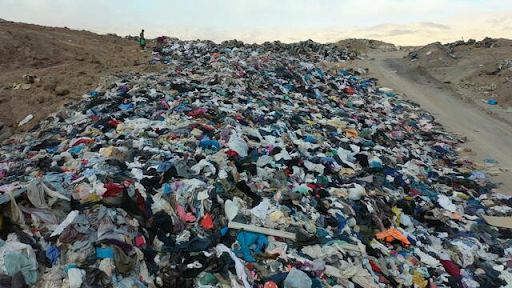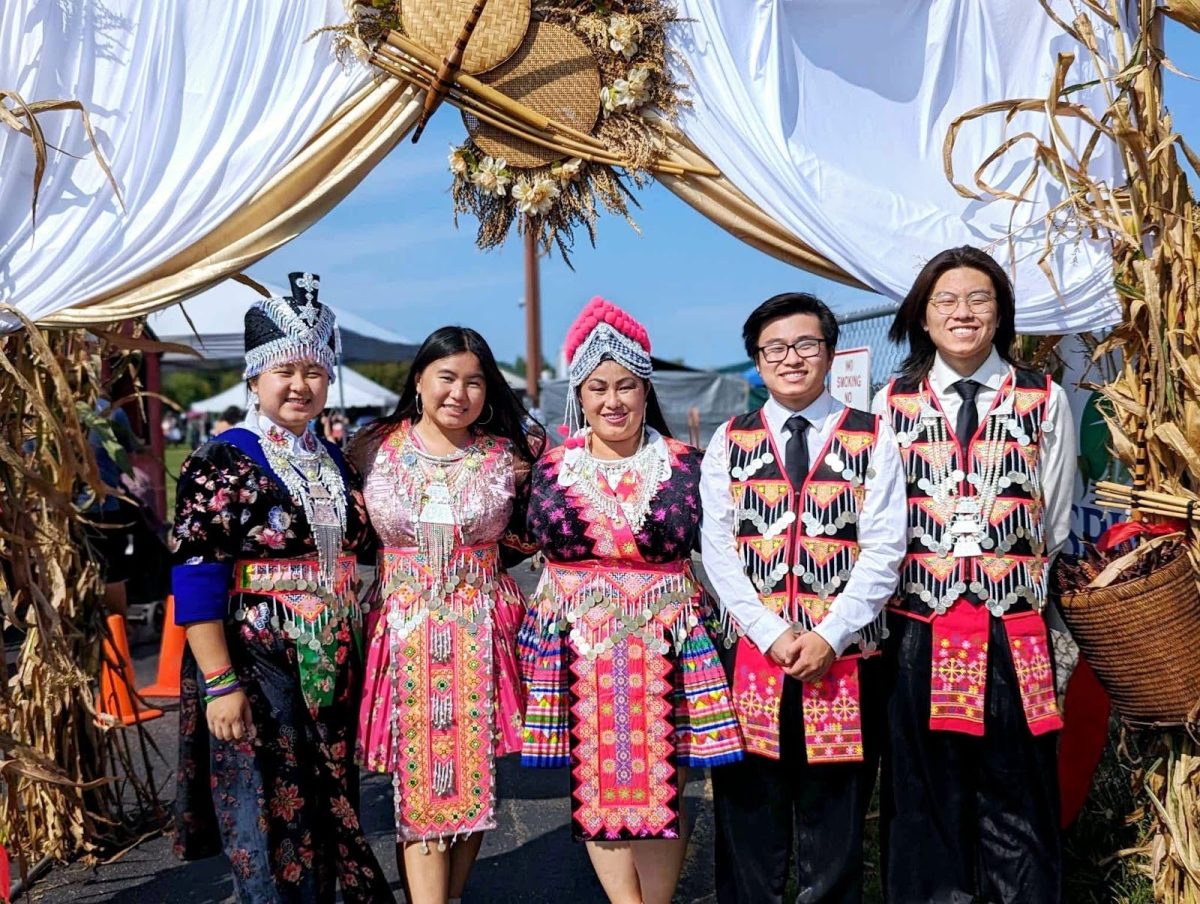What is Fast Fashion?
Fast fashion may seem like a quick way to stay trendy and cheap, but its hidden effects on the environment and unethical labor practices say otherwise. Fast fashion has been rising throughout the years because of its affordable prices and easy accessibility. However, because it is so inexpensive and accessible, this clothing and the resources being put into it are being wasted and discarded.
Wasted Resources in the Fashion Industry
Three main resources are being wasted when making high-demand fashion. Water, fossil fuels, and animal products. According to Vanessa Turk, writer of Fast Fashion: Polluting our Water Millions of Clothing Items at a Time, “Fast Fashion is responsible for producing 20% of the wastewater worldwide.” Water is used in the growing process for materials such as cotton; it’s used for the bleaching and dying process to get different colors, and it is also used to constantly clean and sanitize stations. Thinking of fossil fuel usage, fossil fuels are used in the production of synthetic fabrics like polyester, nylon, and acrylic. Not only are these fuels being wasted on clothing products, but these fabrics are not decomposable, meaning they are only harming the environment when being discarded. After I read the article “What is Fast Fashion and Why is it so Bad?” from Good On You, I found that polyester is one of the industry’s most used materials. Found this interesting as it is not just small materials used here and there, but it is a huge portion of the industry, adding to the problem. The final resource I want to bring up is animals. When large-scale materials and clothing are created, they often use animal skins or fur. To solidify my research, I read more from “What is Fast Fashion and Why is it so Bad?” from Good On You, and they agree that “leather, fur, and even wool are used in fashion directly, and animal welfare is put at risk”. This goes to show which parts of animals are being used in the industry. Over the years, different patterns of animal skins and different types of fur have been more and more popular, allowing the fashion industry to feed off of that and cause more harm to animals. The other aspect of animal harm is through the ground and the water. When we pollute our water with microplastics and fibers from clothing materials, it seeps into our soil and our water, affecting the animals that survive off those materials.
Fast Fashion Pollution
Microplastics and microfibers, carbon emissions, and landfills. Referring back to the previous paragraph, we are polluting our water and soil with microfibers and plastics. Another quote from “What if Fast Fashion and Why is it Bad?” by Good on You tells us how those microplastics and fibers are getting there in the first place. “Clothing can shed microfibres that add to the increasing levels of plastic in our oceans when washed or even worn”. According to an analysis by Business Insider, fashion production comprises 10% of total global carbon emissions, as much as the emissions generated by the European Union. When the industry uses large amounts of fossil fuels to make their clothing, they are releasing large amounts of CO2 into the atmosphere, adding to the amount of carbon emissions being released. When they use an excessive amount of water to make their clothing, while polluting the air, water, and land, they are also wasting a huge portion of what they are making anyway.
This brings me to landfills and material waste. According to The Environmental Impact of Fast Fashion, Explained by Rashmila Maiti, “85% of all textiles go to dumps each year”. To put that more in perspective, 500 million kilos of unwanted clothing end up in landfills in Australia alone. 500 million kilos is equal to about 1102311311 pounds. This goes to show that it is not only the US, but other places all around the world contributing as well.
Harm in the Workplace
Overworking and underpaying in dangerous workplaces have always been a problem in big industries, and the fashion industry is no exception. “According to non-profit Remake, 80% of apparel is made by young women between the ages of 18 and 24. A 2018 US Department of Labor report found evidence of forced and child labour in the fashion industry in Argentina, Bangladesh, Brazil, China, India, Indonesia, the Philippines, Turkey, Vietnam, and other countries. This is a quote I pulled from the article The Environmental Impact of Fast Fashion, Explained by Rashimila Maiti. The statistic that 80% of apparel is made by young women between the ages of 18 and 24 goes to show how much of the fashion industry is being created by young women. The following information tells us there is real evidence of forced child labor all over the world.
Fast Fashion Solutions
Although there are a ton of consequences to fast fashion, there are still ways to prevent further damage. There are three main ways to limit the temptations of fast fashion: renting clothing, thrifting, and making your own attire. People have already normalized renting suits and fancy dresses for special events and dances, so the idea of renting regular clothes should be normalized as well. Also, by renting clothes, we can increase the number of uses per item, meaning the materials used for it would not go to waste.
Thrifting is a huge way to reduce our negative environmental impact, as well as staying cheap. Thrift stores take other people’s used clothes and sell them at cheaper prices. By buying and donating to these stores, we can recycle older clothes and potentially turn them into something new and different.
What I mean by new and different leads into my next solution here. There are so many materials and opportunities to make your clothing and decide on the clothes you want to wear. Not only will it decrease expenses on fast fashion brands, but it will bring life and durability back into clothing as well as increase the uniqueness, strengthen skills, and encourage creativity. Susan Turgeson, a textile and sewing professor who has grown up working in a family-owned clothing store, agrees with the alternatives to making personalized clothing; however, she also provides the idea of “having no skills leaves no option”. When I spoke with her about this, she expanded on it, saying how most people do not have the skills to make their clothing, which leaves them with no choice but to buy new things, whether it’s from fast fashion or not. I think that this skill should be learned even if it is not on a large scale, as it can be useful to even patch up a hole in a shirt instead of discarding it.
Now You Know
While fast fashion gives an easy way to keep up with trends and stay within our budget, by knowing its environmental and ethical consequences, we can start to search for alternatives and practice them to slow our harm. We can change the industry to a more responsible and livable lifestyle. What are you doing currently to stop fast fashion? How are you affecting the environment? Are you carrying these practices to other people?


